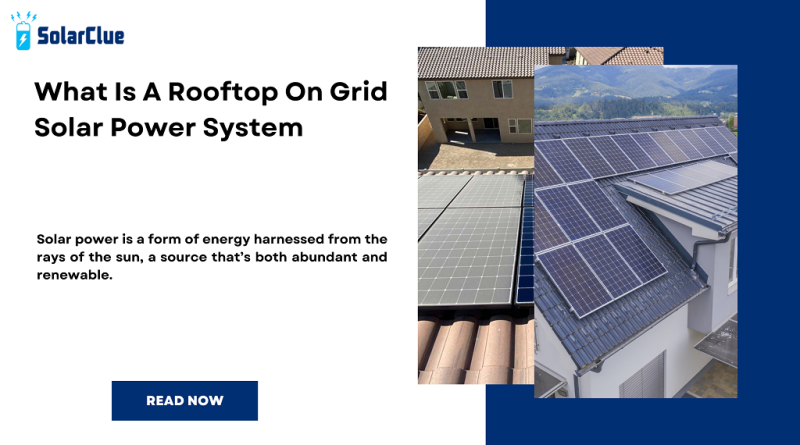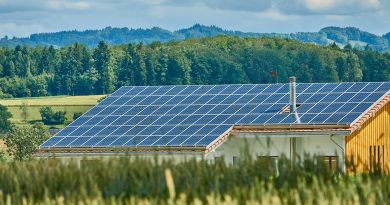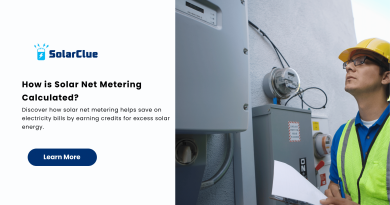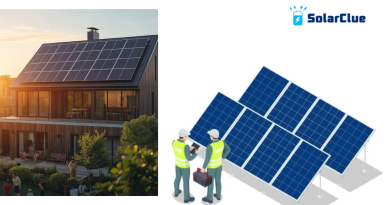What Is A Rooftop On Grid Solar Power System
In a world where the effects of excessive fossil fuel consumption are becoming increasingly tangible, the search for sustainable alternatives has become a top priority. One solution rapidly gaining acceptance worldwide is solar-generated power – an environment-friendly and cost-effective source of electricity. Especially popular in this domain is the Rooftop On Grid Solar Power System, which serves as an efficient medium for harnessing solar energy. But, what exactly is this system and how does it work? Let’s delve into the details.
Table of Contents
Understanding Solar Power and On Grid System
Solar power is a form of energy harnessed from the rays of the sun, a source that’s both abundant and renewable. Solar panels, comprising many photovoltaic cells, capture sunlight and convert it directly into electricity. An On Grid Solar Power System, also known as a grid-connected or grid-tied system, directly links to the public electricity grid. This connectivity allows further optimization of energy use and cost benefits.
The Working of the Rooftop On Grid Solar Power System
The Rooftop On Grid Solar Power System functions through a simple procedure with two main components: solar panels and grid inverters. The solar panels, installed on the rooftop, absorb the sun’s rays throughout the day and convert them into direct current (DC) electricity. This DC is then fed into the grid inverter, where it gets converted into alternating current (AC), which is the form of electricity that is usable in homes and establishments.
The transformed energy then gets supplied into the building’s electrical circuit for use. If the solar system generates more electricity than required, the surplus gets fed back into the grid. This contribution to the grid makes the user eligible for credits or monetary benefits from the electricity provider, a process often referred to as net metering.
Significance and Benefits of On Grid Solar System
On Grid Solar Power Systems carry immense significance in contributing to renewable energy usage. They provide sustainable and green energy solutions that help significantly reduce carbon emissions, thereby combating global warming and conserving non-renewable resources.
From an economical perspective, On Grid Systems offer excellent cost-saving advantages. Installation expenses can be recovered within a few years through savings on electricity bills, and any extra power generated contributes to further savings or income through net metering. Moreover, in many regions, government incentives are provided for adopting renewable energy solutions, which can offset the initial installation cost.
Things to Consider
Although Rooftop On Grid Solar Power Systems offer multiple benefits, a few vital points are worth considering. One pertinent factor is the availability of ample sunlight; this system will not produce optimally in areas with low sun exposure. Also, since the system relies heavily on the grid, the absence of grid power (during power outages) would mean the solar system will shut down unless a battery backup is integrated.
Conclusion
In conclusion, the Rooftop On Grid Solar Power System provides a sustainable and cost-effective solution for our ever-increasing energy needs. It not only helps in reducing our dependency on fossil fuels but also promotes the use of clean and green energy. However, one needs to consider factors like sunlight availability and grid connectivity before opting for this system. Adoption of such green technology can indeed pave the path towards a sustainable future, signifying a leap towards responsible environmental stewardship and energy independence.
Here at SolarClue®, we offer a smart, practical, and “beautiful” solution. You will be answered for all the questions related to Solar.
We provide all kinds of brands that are the Best Solar panels in India.
If you are the one who is planning for the solar power system. Don’t hesitate to contact our team!
Looking forward to empowering you with solar energy, just like hundreds of our other clients!




